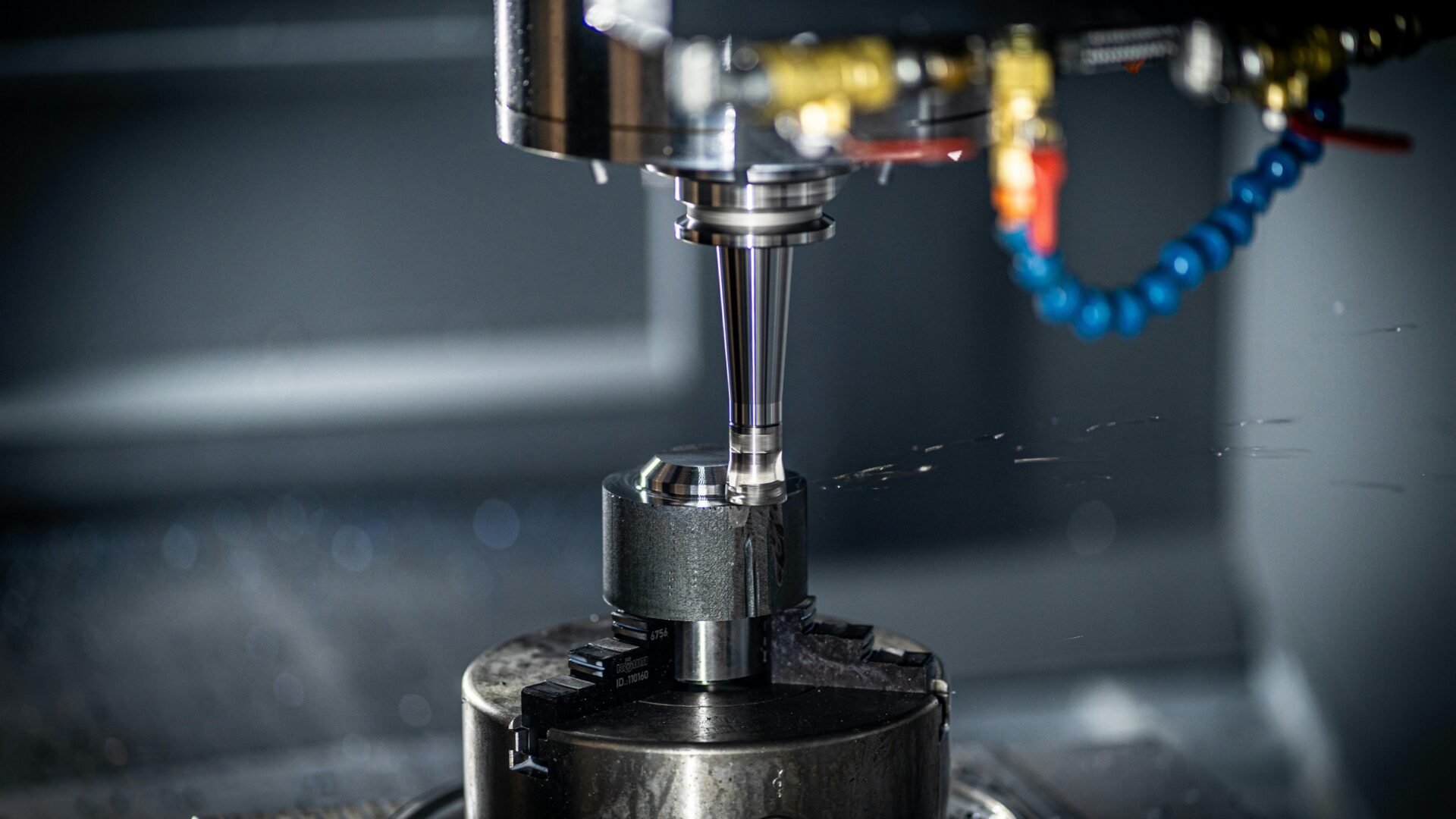Machining operations are loud. That’s a fact most people in the industry take for granted. But behind the high-pitched whines, rhythmic clunks, and occasional chatter lies a deeper issue – one that impacts not only worker health, but also productivity, tool performance, and long-term equipment wear.
What Causes Noise in Machining?
Machining noise stems from vibration. Whenever a tool interacts with a workpiece, whether in turning, milling, or boring, microscopic movements occur. Some of these are stable. Others, especially when they reach certain frequencies, turn into chatter. And chatter makes noise.
The more intense or unstable the vibration, the louder the process. These sounds are more than just an annoyance. They’re often a warning sign of inefficiency, tool degradation, or improper cutting parameters.
Why It Matters
While noise in machining has long been tolerated, the implications are becoming harder to ignore:
- Occupational health risks: Prolonged exposure to high noise levels can damage hearing and increase stress levels for machine operators. Many facilities must invest in hearing protection, noise monitoring, and soundproofing – reactive measures that don’t address the root cause.
- Tool life and surface finish: Excessive vibration (and therefore noise) is often tied to shorter tool life and poor surface quality. Inconsistent cutting conditions generate heat, cause wear, and reduce overall stability.
- Machine performance and maintenance: Over time, noisy operations can accelerate wear on both the machine tool and the spindle, increasing maintenance needs and potential downtime.
The Path Forward: Controlling Vibration, Reducing Noise
To reduce noise in machining, you need to reduce vibration. This is where advanced damping technologies, such as self-tuning mass dampers (STMD™), come into play. By automatically adjusting to changing vibration frequencies, STMD-equipped tools minimize chatter at the source, resulting in quieter, more stable machining.
Some key benefits include:
- Quieter work environments – less operator fatigue, fewer health risks
- Better part quality – fewer chatter marks and dimensional inconsistencies
- Longer tool life – less wear due to unstable forces
- Higher productivity – stable cutting at higher speeds without sacrificing quality
Noise as an Opportunity for Improvement
In modern machining, noise isn’t just background, it’s part of the process. But that doesn’t mean it has to be accepted as a constant. By exploring technologies that reduce vibration, manufacturers can create quieter, more stable environments that support both operator well-being and machining performance. Contact us to learn more.

